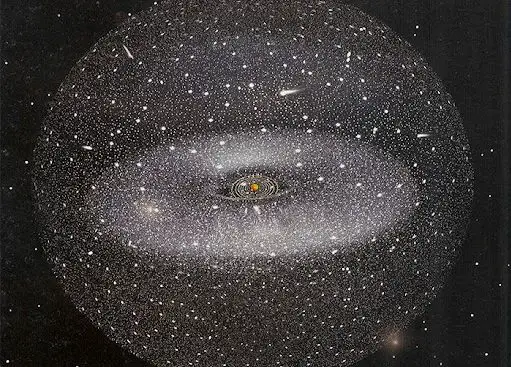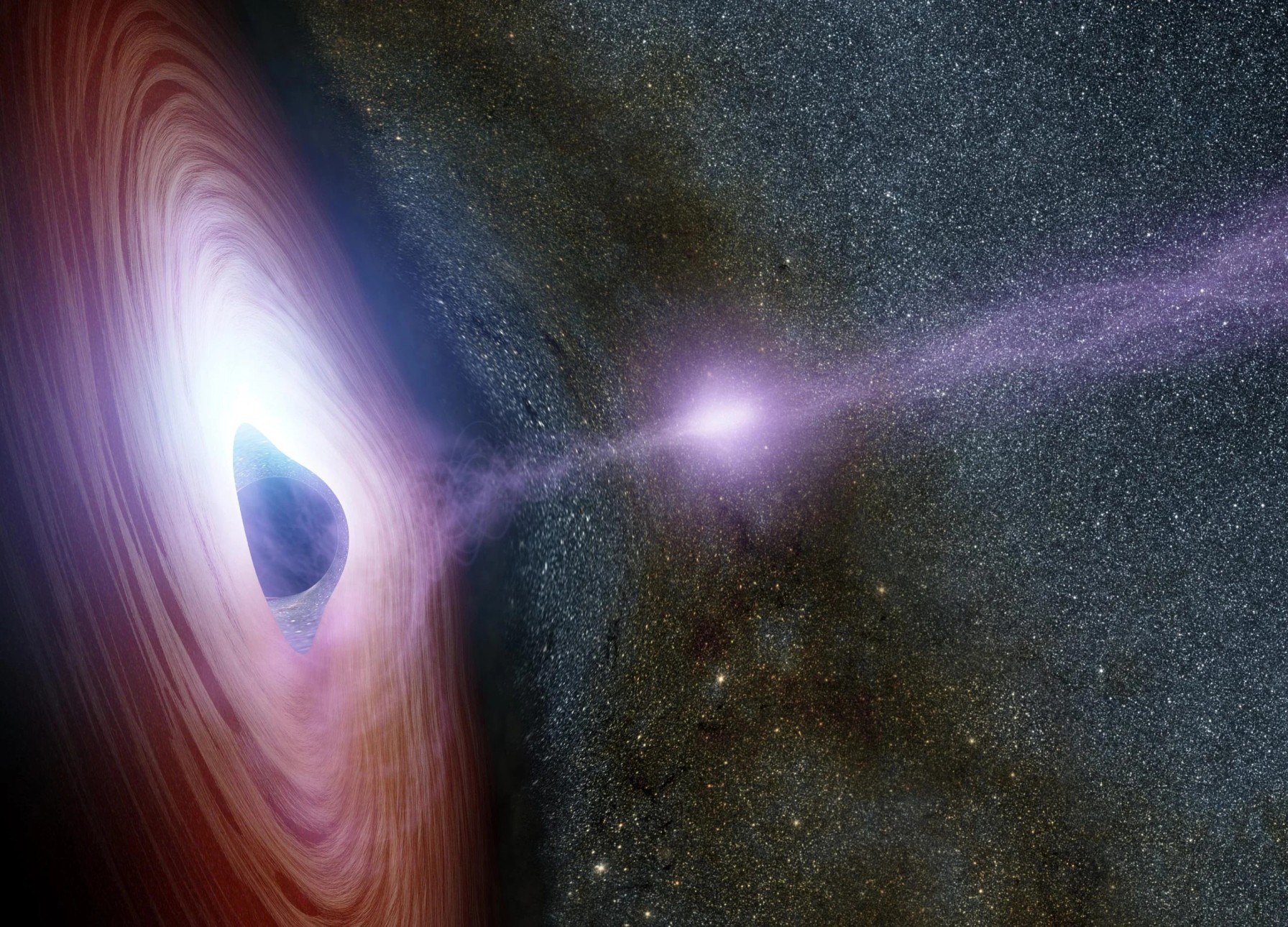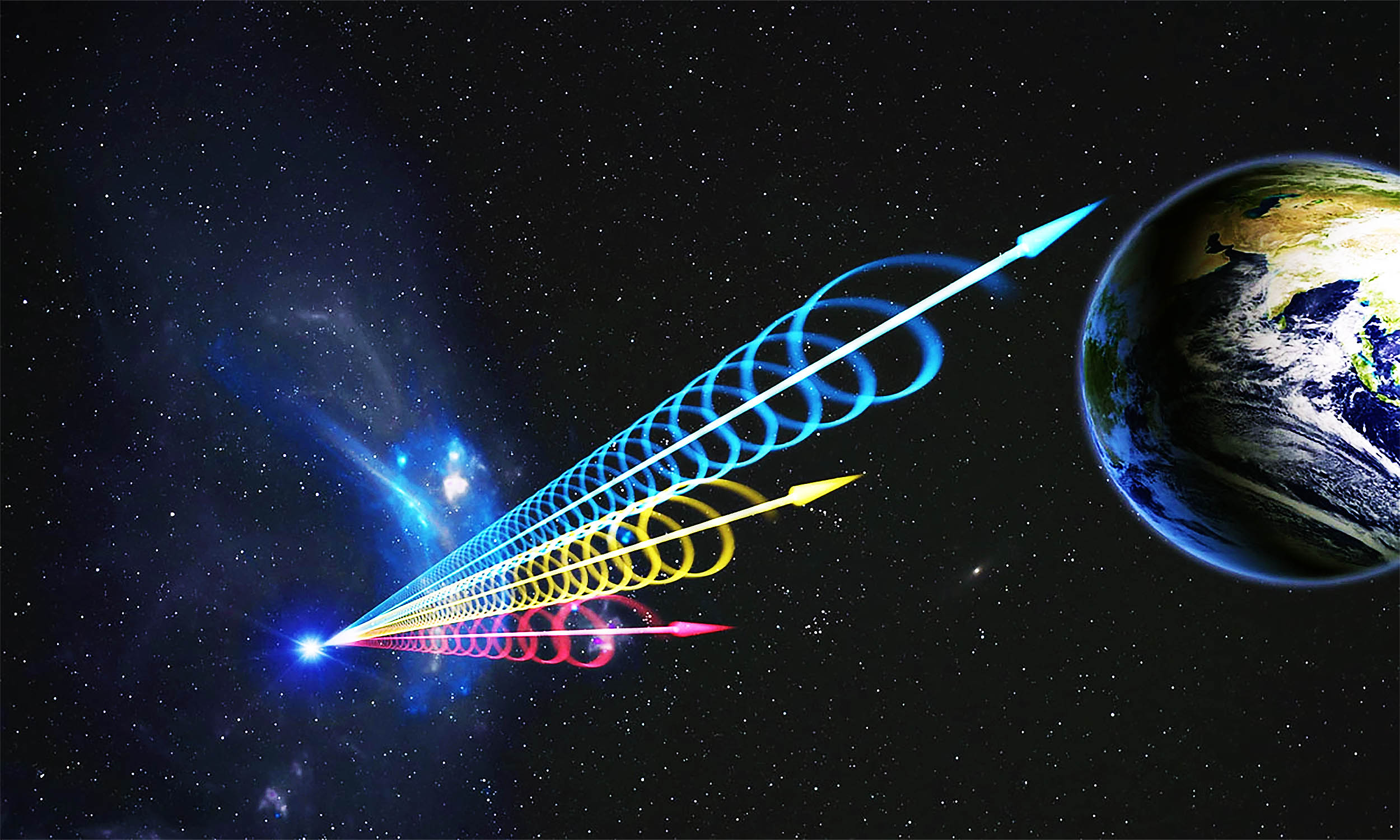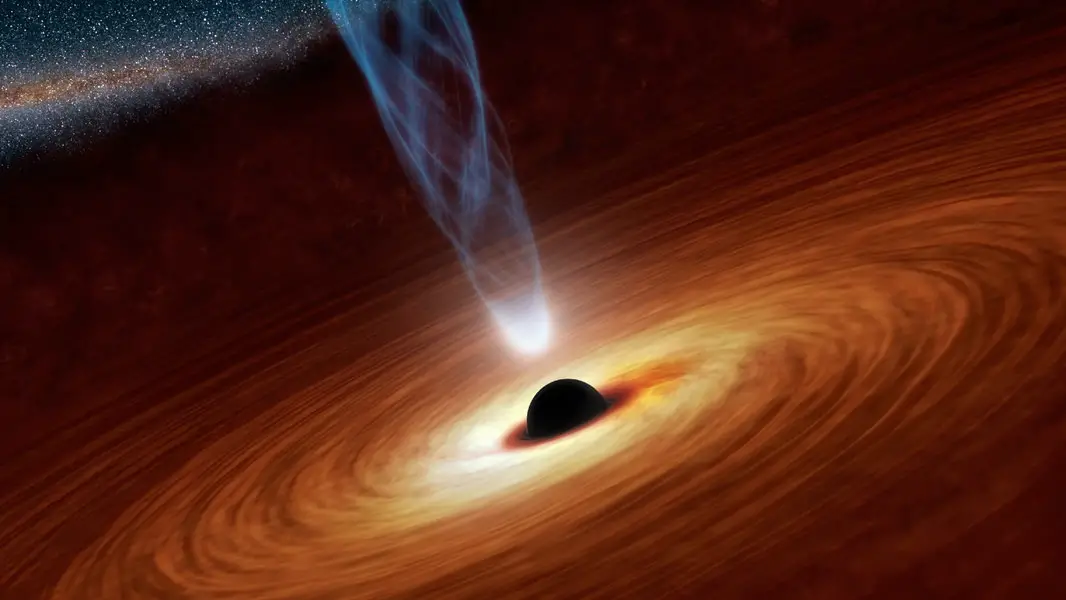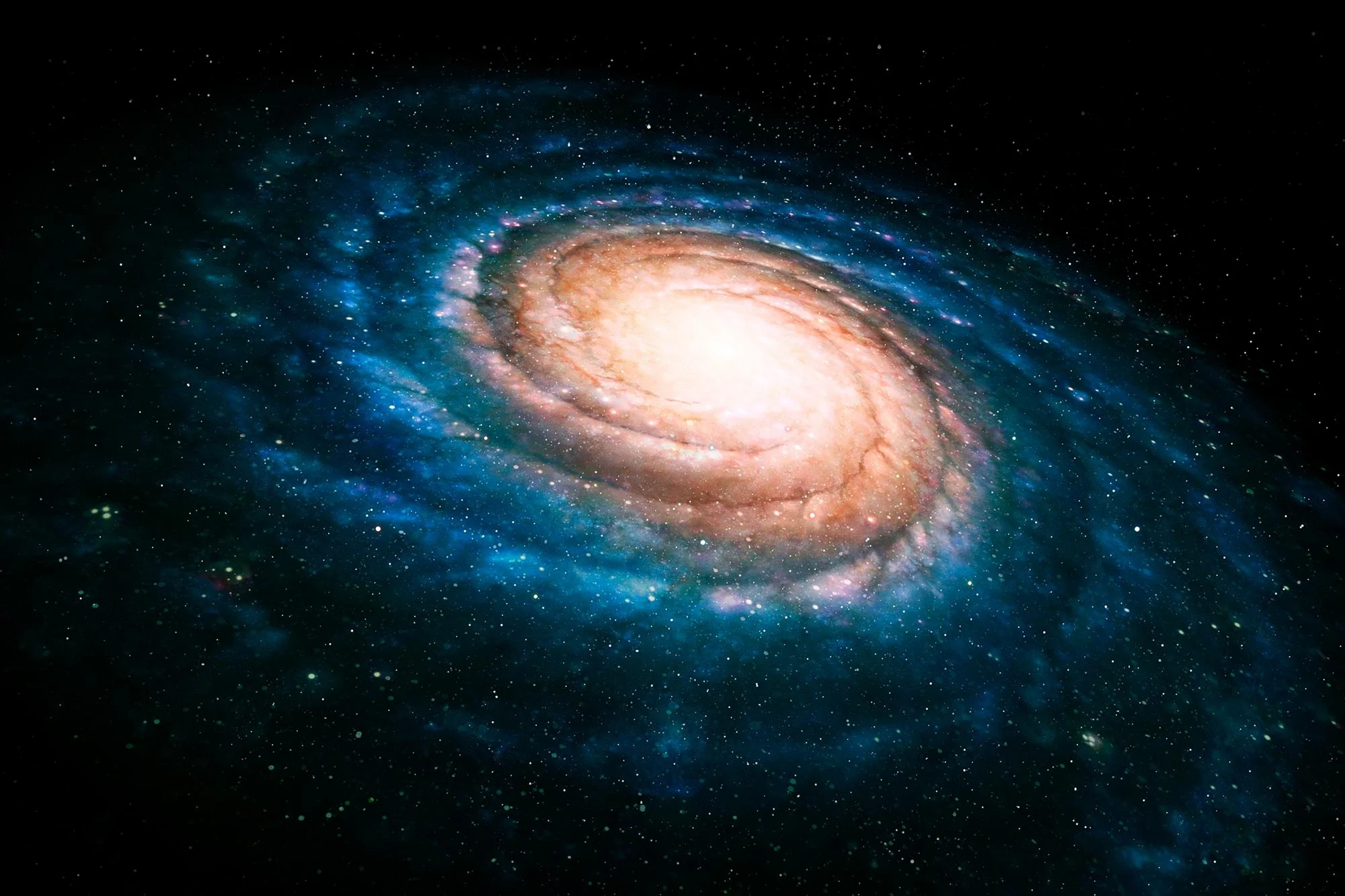Voyager 1 will reach the Oort cloud’s inner edge in 300 years, but it won’t work by then.
Key Takeaways
- The Oort cloud lies at the farthest reaches of our solar system, stretching halfway to Alpha Centauri.
- It’s a theoretical shell of icy bodies, invisible except when comets break free and approach.
- Long-period comets like C/2013 A1 Siding Spring offer clues about the Oort cloud’s composition and structure.
- The cloud likely formed from leftover material during the early days of our solar system.
- Some Oort cloud material might have been “stolen” from other stars by the sun’s gravity.
_____________
A Theoretical Boundary of Our Solar System
The Oort cloud represents the solar system’s distant boundary, a hypothetical shell of icy debris extending from 1,000 to 100,000 astronomical units (AU) from the sun. This makes it vastly farther away than Pluto, with its outer edge reaching halfway to the nearest star system, Alpha Centauri. Despite its significance, the Oort cloud remains invisible to even our most advanced telescopes due to its distance, small size, and faintness. NASA confirms that for now, direct imaging of these objects is unachievable.
The primary evidence for the Oort cloud’s existence comes from long-period comets, which visit the inner solar system only once every few hundred or thousand years. These comets carry essential information about the early solar system’s formation. Their random approach directions suggest the Oort cloud forms a spherical shell rather than a disk, as seen in the Kuiper Belt.
Formation and Possible Origins
The Oort cloud likely originated around 4.6 billion years ago when the solar system formed. Material left over from the creation of giant planets like Jupiter and Neptune was scattered outward by their immense gravitational forces. Some scientists also propose that the Oort cloud includes icy material captured from other star systems, essentially comets pulled in by the sun’s gravity during its galactic journey.
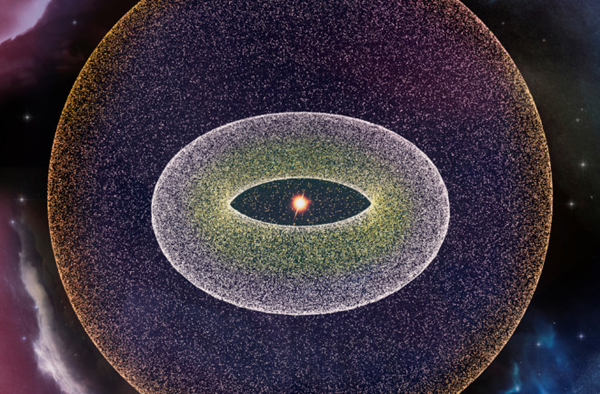
The composition of Oort cloud objects is thought to resemble that of the Kuiper Belt, which includes icy remnants from the same era. Notable Kuiper Belt objects, like Pluto and Arrokoth, provide insight into the icy debris that likely populates the Oort cloud.
The Search for Evidence
Estonian philosopher Ernst Öpik first proposed the concept of distant comet origins in the 1930s, which was further developed by Dutch astronomer Jan Oort in the 1950s. Oort hypothesized that comets couldn’t have remained in their current orbits indefinitely, as their volatile materials would burn off after repeated close encounters with the sun.
Occasionally, gravitational disturbances within the Oort cloud dislodge objects, sending them into the inner solar system as comets. These visitors, like C/2013 A1 Siding Spring, offer vital data about the cloud. Despite this, no direct observations of the Oort cloud exist, leaving it a theoretical but widely accepted model.
Voyager 1 is currently heading toward the Oort cloud and is expected to reach its inner edge in about 300 years. However, its instruments will have ceased functioning by then, making it unlikely to provide direct confirmation. For now, the Oort cloud remains an enigma, a theoretical boundary that holds the secrets of our solar system’s distant past.
